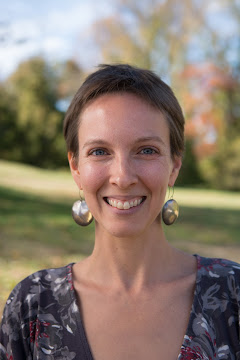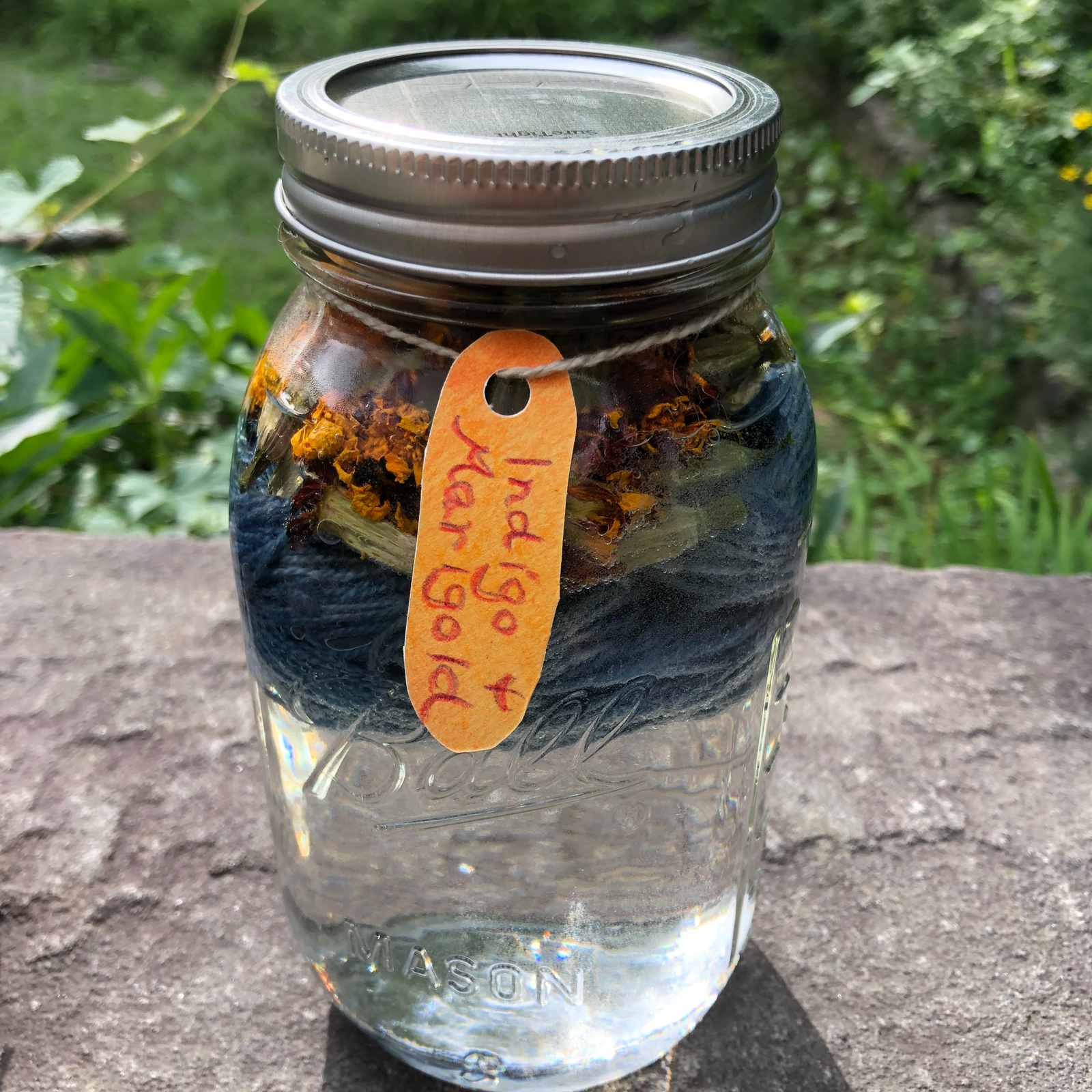Zac and I got a special Thanksgiving book to read this year. It is Apple Cake: A Gratitude and it is very sweet and simple. The illustrations tell most of the story. This is a book with a recipe in the back, so if you get it be sure to have almond flour on hand. Your child will immediately want to make the recipe!

We get our eggs from a friend's chickens, so we do know where one of the ingredients in our cake comes from. Zac has even helped collect some!
I'm also grateful that Zac (now 5 1/2) is old enough to be able to really think about what he is grateful for, and he made me a very lovely card with an oak leaf taped to it. We snuggled in bed for a long time on Thanksgiving morning and listed all the things we were blessed to have, like a big house with a huge yard and a climbing tree, lots of books, lots of food, each other, and friends and family who love us and who are healthy and safe.
I'm grateful that I saved up enough money to take December off work and that I can be a SAHM instead of a WAHM. Zac is very excited! During his naptime and in the evenings I'm going to be working on my teacher training. This month in "The World of Needlework and Embroidery" with Elizabeth Seward we are doing sashiko stitching from Japan. I am also continuing with my year-long puppetry certificate course with Suzanne Down, and there is a lot of needle felting and puppet making happening here! We are finishing up three months of table puppets and about to begin three months of making rod puppets. Here is my Farmer Seth for September. I performed four little vignettes with him (duck for Spring, cat for Summer, skunk for Autumn, bonfire for Winter).
I just finished placing an order with A Child's Dream today for more kinds and colors of wool fiber, since I've been making up care packages for the students in my homeschool co-op and that reduced what I have on hand. I got some English Leicester (Suzanne Down recommends this as her top pick for needle felting), Corriedale, Merino, and Romney. I also have some fibers in my Handwork room that I haven't used yet that I would like to incoporate into some puppet making projects, including camel and alpaca.
And I am very excited to bring my vintage steamer trunk (it looks exactly like the one Professor Lupin packs up at the end of the Harry Potter and the Prisoner of Azkaban movie) in from the shed where it has been stored for decades, and set it up in my living room to be my puppet storage trunk!
Plus, I just signed up for Suzanne Down's Christmas Stocking Workshop / Finger Puppet Crafting Mini Marathon which she just put on a great sale ($37 down from $97). I love the iea of putting some puppets in Zac's stocking, or spreading them out over the Twelve Days of Christmas.
I am really looking forward to spending December tidying my house, hanging out with Zac, and making beautiful projects.
I am grateful for everyone in my life, for the chance to work in a job that I love, for the home that my grandparents built and which I have turned into a wonderful school, and for the time in December to have a slower pace to my life and several quiet weeks to make my living space orderly and beautiful, which will make me happy.
I am grateful for tiny things, like that the broken window in the Science Room is repaired so that cold air is no longer blowing into the house. I am grateful for huge things, like the scientists who are working at a blistering pace to understand this new virus and give us multiple and safe vaccine options, and for all of the hard-working Americans involved in casting and counting votes and all of the judges who are standing up to pointless court challenges, following the law exactly as they should. My enduring belief in the goodness of mankind make me feel safe, even though it is a scary time.
Of course we are all worried about the day in December when daily COVID case numbers hit 450,000 in this country. And I am not trying in any way to make light of that. It is extremely serious, and we should all stay home as much as we possibly can. But instead of looking at my December in terms of what I don't have -- a chance to see my mother and my daughters -- I so much prefer to look at it in terms of what I DO have. Which is a lot!!!!
This post contains affiliate links to materials I truly use for homeschooling. Qualifying purchases provide me with revenue. Thank you for your support!













































 Immersive Experience
Immersive Experience Immersive Experience
Immersive Experience






